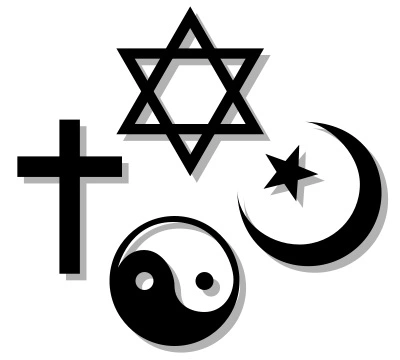drugs and religion
Publié le 22/02/2012

Extrait du document

The religious use and meaning
of mind-altering drugs. There are drugs both
natural and synthetic that can produce experiences
similar to religious experiences: VISIONS, ecstasy,
cosmic journeys, what the poet Baudelaire called
"artifi cial paradises." They can also produce inner
HELLS as terrible as any that can be imagined. Nonetheless
drugs have had a spiritual or sacramental
use the world over. Shamans of PRIMAL RELIGION
in Siberia and the Americas have taken hallucinogenic
mushrooms, peyote, datura, and other plant
substances to help induce visions of the divine
realms and messages from gods. Some scholars
believe that soma, the famous sacred drink spoken
of in the VEDAS of ancient India, may have been
made from the fl y-agaric mushroom, and a few
have speculated that the mysteries of Eleusis in
ancient Greece may have employed the same hallucinogenic
plant (see GREEK RELIGION). Today the
Native American Church in the United States uses
peyote, a hallucinogenic cactus, as a sacramental
substance to be taken in a reverential setting as a
means of communion with GOD. (See NATIVE AMERICAN
RELIGIONS.)
However, religions such as JUDAISM, CHRISTIANITY,
ISLAM, and the major eastern FAITHS have generally
rejected the use of drugs in religion, believing
that the visions and raptures they induce are
spurious and not authentically from God. (Certain
nonmainstream Hindu, Buddhist, and Taoist
sources, chiefl y related to TANTRISM, have seen
some positive spiritual value in the materials,
but for the most part as an initiation into realities
that ought later to be realized by nondrug
means.) They have recognized and condemned
the dangers that can lie in drug use: lethargy,
escapism, indifference to other issues of life, and
fi nally addiction to the point that one will neglect
responsibilities and commit crimes for the sake
of the drug.
In the mid-20th century, a new interest in the
spiritual meaning of drug experience arose. One
important impetus for it was a book, The Doors
of Perception (1954), by the famous mystic and
novelist Aldous Huxley (1894–1963). Huxley vividly
described the way the ordinary world became
transfi gured and splendid as though it were all
divine, like the way it was seen by great artists
and Zen masters, after he had taken mescaline,
a substance made from peyote. However, Huxley
also believed such stimulants should be restricted
to those truly mature and ready for them. Another
impetus was the invention of LSD (lysergic acid
diethylamide), a highly visionary synthetic substance.
The use of drugs, allegedly for spiritual
purposes, was an important aspect of the counterculture
of the 1960s. But the "drug culture"
quickly fi lled with drug-induced crime, sickness,
mental breakdown, and exploitation, and hallucinogenic
drugs were outlawed everywhere in the
United States by 1966, with exceptions allowed for
the Native American Church, where drug use has
continued to be a legal issue. Whatever role drugs
may have had in the religious life of the remote
past, they are generally not welcome in that of the
modern world, and most faiths see combating drug
use as an important part of their mission to help
people live disciplined and productive lives.
Liens utiles
- Relationship between religion, spirituality, and young Lebanese university students’ well-being.
- Doping and drugs are unavoidable in sports
- dreams and religion
- diet and religion
- death and religion
